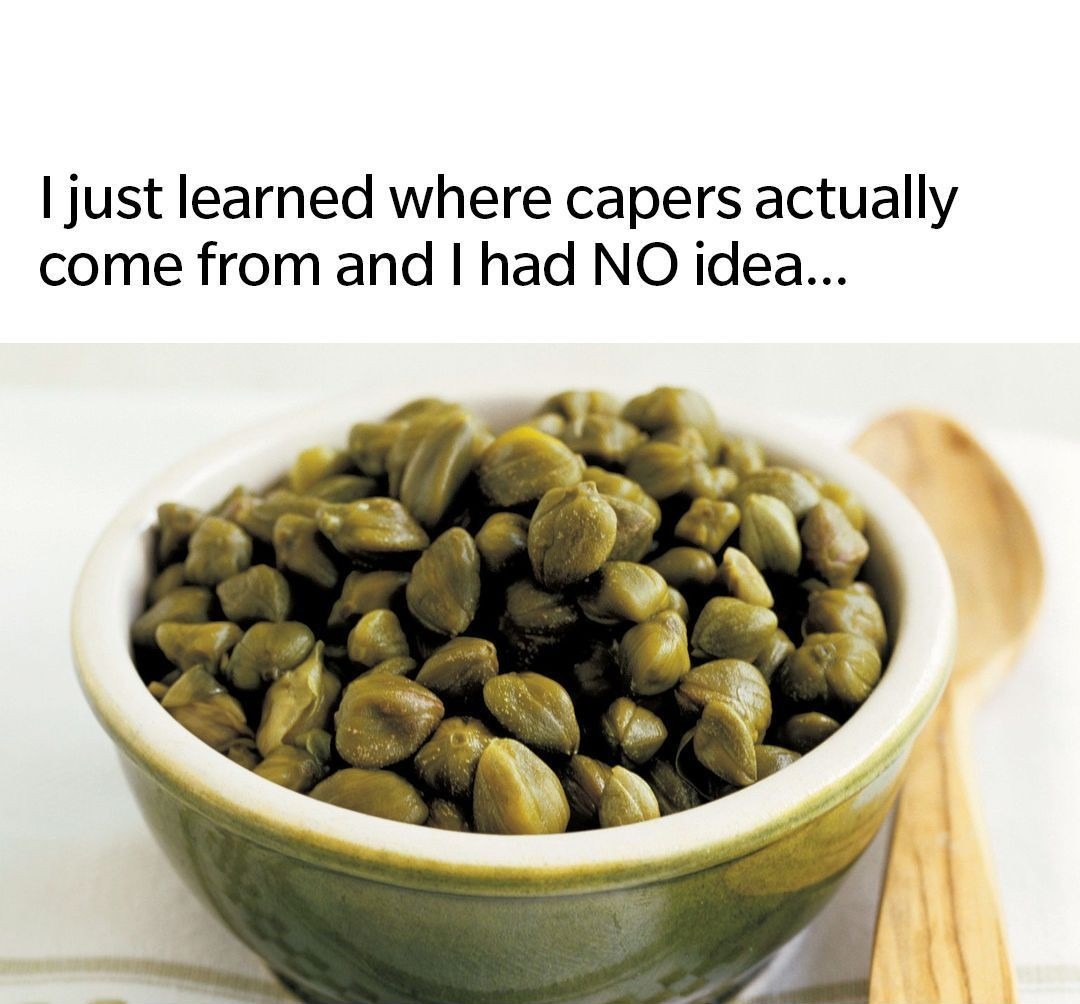Capers vs. Caperberries
While capers are the unripened buds of the caper bush, caperberries are the fruits that grow from the unpicked buds. They’re larger than capers, about the size of a green olive, with a pleasantly crunchy texture and mild flavor. Like capers, they’re commonly pickled and jarred.
How to Cook with Capers

Capers taste great in savory recipes that could benefit from a jolt of umami. Add capers directly to meat or a sauce as it cooks to infuse the entire dish with flavor. Or, sprinkle capers over the finished dish to serve as a salty, briny top note.
To prepare capers for cooking, scoop them out of their jar and strain away any brine. Larger capers should be minced or chopped before cooking, since biting into an entire caper might overwhelm the other flavors on the plate.
Caper Varieties
At the grocery store, you’ll find a few varieties of capers. They’re the same type of fruit, but harvested at different times in the bud’s development. The smaller the caper, the earlier the bud was picked—and the more it costs.
Small capers are firm, meaty and mild. Varieties include nonpareils, surfines and capucines. Bigger buds are softer, have more flavor and can slant on the acidic side. Larger varieties include capotes, fines and grusas.
Caper Substitutes
Keep two things in mind when substituting capers: Their bright, salty flavor and tender, juicy texture. Many types of olives, especially green, are an ideal substitute. Preserved lemons are equally savory and even brighter. Jarred artichoke hearts offer both complex flavor and juiciness. Bright, piquant gherkins or cornichons, finely chopped, are also a fine swap for capers.
